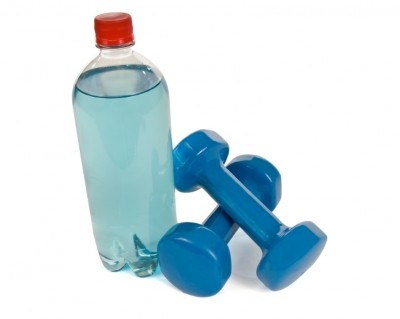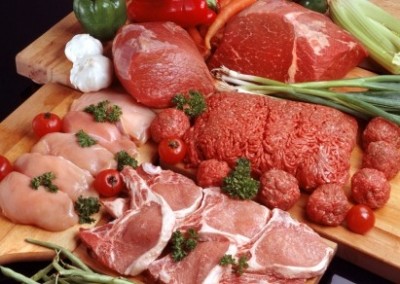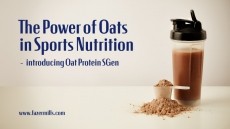No additional weight loss with CLA, arginine combo: Rat study

Published in the July issue of the Journal of Nutrition, the study aimed to test the hypothesis that the two compounds – both independently linked to a reduction in fat mass – could also have combined effects.
However, the researchers from Korea and Texas found that although CLA and arginine had many independent effects on adipose tissue – such as on lipid syntheses from the fatty acid palmitate – there were no significant interactions between the two.
Separate benefits combined?
L-arginine is a common amino acid found in dairy foods, meat, seafood, nuts, and seeds. CLA is found naturally in beef and dairy foods.
Previous studies have shown that increased consumption of L-arginine stimulates the breakdown of stored fat in laboratory animals. In addition, consumption of various forms of CLA is thought to decrease adiposity by preventing lipids from accumulating in fat cells.
In the current study, the researchers from Texas A&M University’s Intercollegiate Faculty of Nutrition and Department of Animal Science and South Korea’s National Institute of Animal Science, Rural Development Administration studied the separate and combined effects of the compounds on fat mass and lean body mass in 24 male rats.
Experimental diets
The rats were randomly assigned to consume one of four experimental diets that varied in their L-arginine and CLA combinations and doses, up to a maximum of 1.25 per cent L-arginine and 1.5 per cent CLA. The diets were adjusted to all contain similar amounts of overall protein, lipid, and energy.
L-arginine was delivered via drinking water, while mixed isomers of CLA were included into a casein-based semipurified diet.
Each group, consisting of six rats, consumed their assigned diet for five weeks. Liver, adipose, and muscle tissues were measured, as well as the ability of liver and adipose tissues to use the fatty acid palmitate for energy. Lipid production was also assessed, and circulating and tissue contents of fatty acids and amino acids were determined.
The results revealed that animals consuming CLA ate more food and gained more weight than those not consuming CLA, regardless of their arginine intake.
In addition, regardless of CLA intake, rats consuming arginine-fortified diets ate more and tended to gain more than those consuming less arginine.
As such, the effects of CLA and arginine intake on food consumption and weight gain appeared to be acting independently of each other, said the researchers.
Hypothesis incorrect
“Compared to those eating CLA-free diets, animals consuming CLA had reduced retroperitoneal adipose tissue when adjusted for body weight. There were no effects of arginine or CLA on glucose or palmitate oxidation or incorporation into lipids in the liver. Glucose oxidation in epididymal adipose tissue tended to increase with CLA, whereas both CLA and arginine enhanced palmitate oxidation in adipose tissue.Neither dietary intervention affected adipocyte volume or number,” they wrote.
“Interestingly, both CLA and argenine depressed serum concentrations of several amino acids, and when CLA was consumed with arginine, circulating concentrations of lysine and arginine were further lowered.”
“These data suggest that CLA and arginine modulate adipose tissue metabolism by separate, but not additive effects. Further, these dietary components may depress muscle protein turnover – an effect that might spare muscle loss so common to weight-loss diets. Additional research will be required to test whether these effects are similar in humans.”
Source: Dietary supplementation of L-arginine and conjugated linoleic acid reduces retroperitoneal fat mass and increases lean body mass in rats.Journal of Nutrition, 139:1279-1285, 2009.Authors:Nall JL, Wu G, Kim KH, Choi CW, Smith SB.













